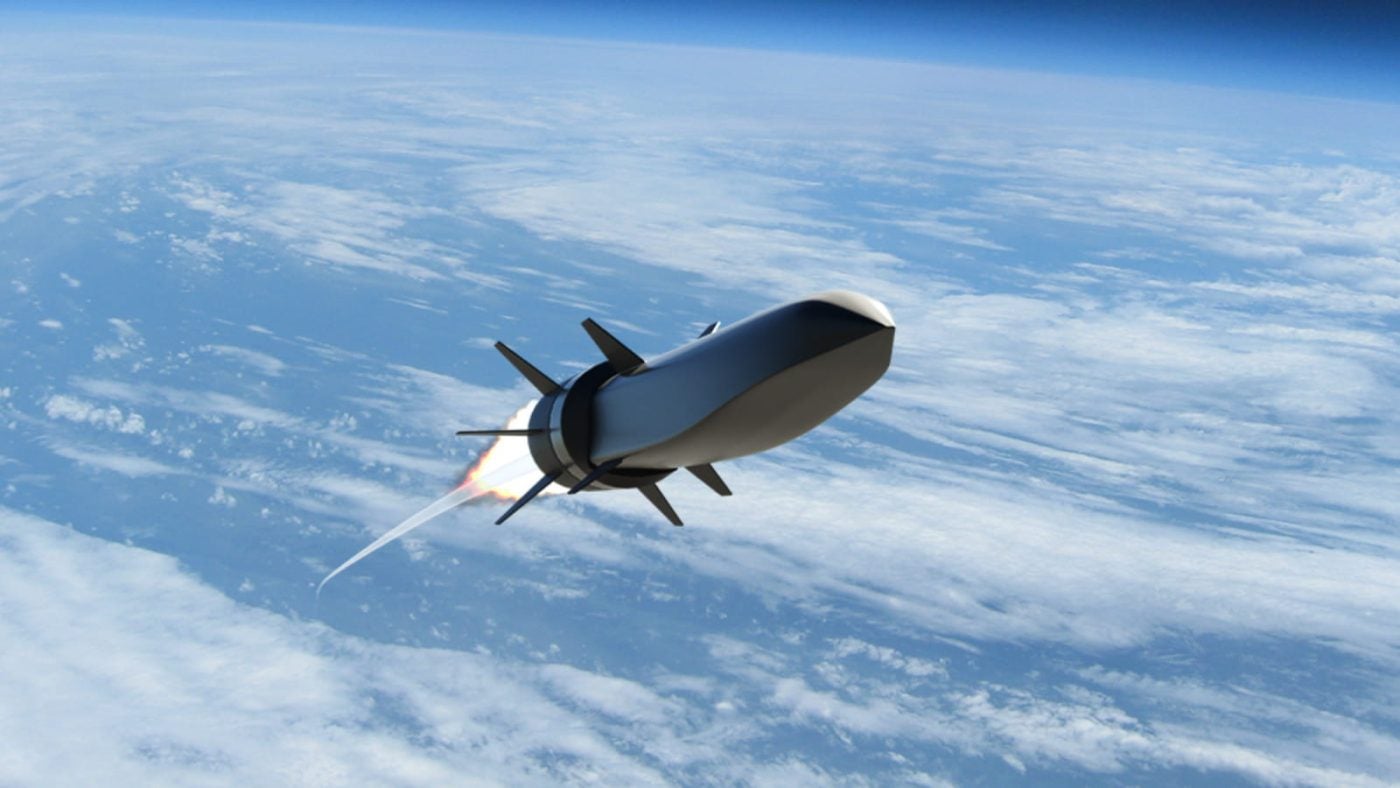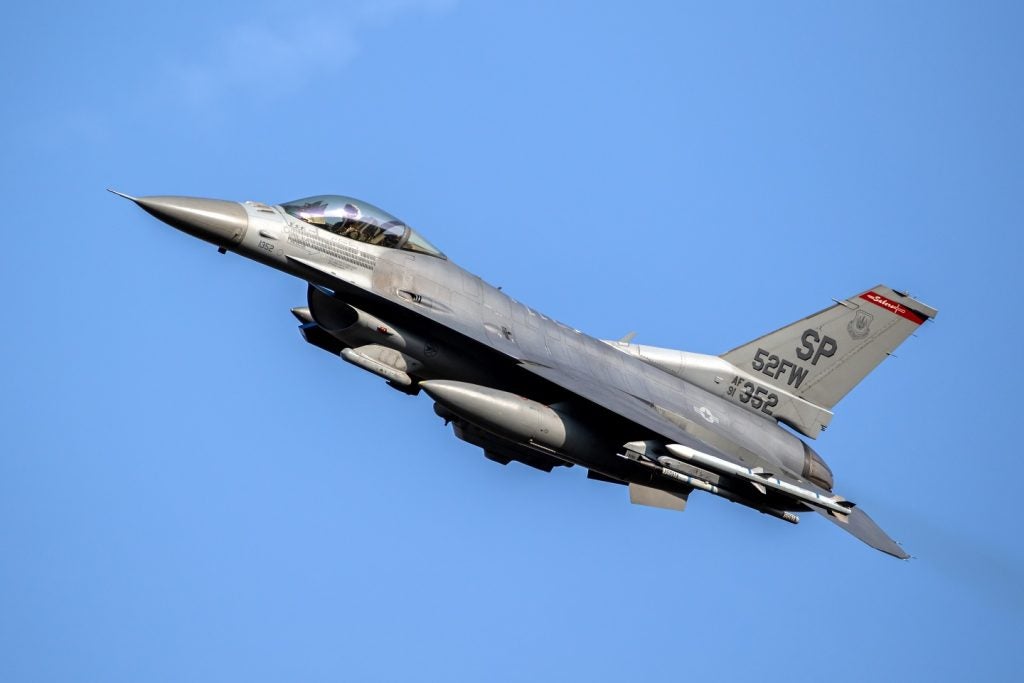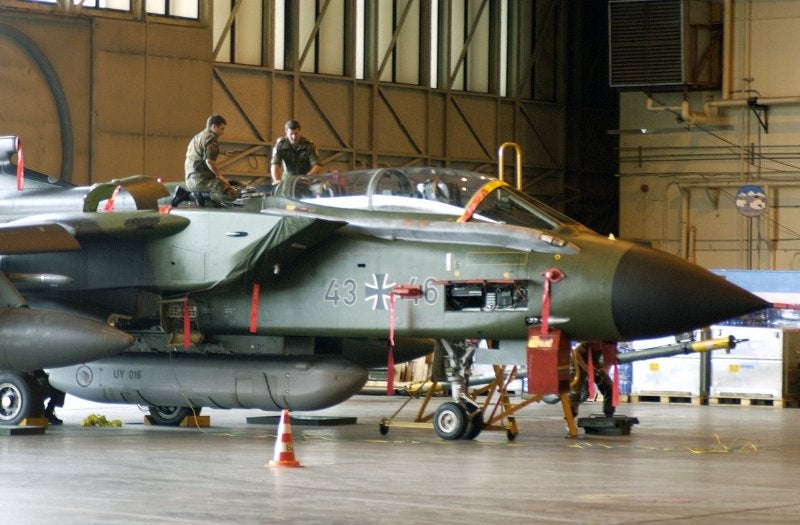
Raytheon, in partnership with Northrop Grumman Corporation, has secured a follow-on contract from the Defense Advanced Research Projects Agency (DARPA) to advance air-breathing hypersonic systems.
This agreement will enable the development and flight testing of additional Hypersonic Air-breathing Weapon Concept (HAWC) vehicles, offering expanded capabilities and enhanced system validation.
Leveraging insights gained from previous successful HAWC flight tests, the Raytheon-led team is committed to creating a hypersonic system to meet the needs of warfighters.
According to GlobalData’s “The Global Missiles & Missile Defense Systems Market 2022-2032” report, Raytheon Technologies is the leading MMDS supplier in North America. The company will capture 24.9% of the MMDS market in North America, with an anticipated revenue share of $34.7bn over 2022–32.
Colin Whelan, President of Advanced Technology for Raytheon, emphasized the importance of the program, stating, “Continuing this important program will expand our knowledge of hypersonic flight and allow us to deliver the critical capability our warfighters need.”
By building upon the data and lessons learned from earlier stages, the team aims to enhance the operational relevance and design of the weapon concept. This effort involves integrating manufacturing improvements into the existing HAWC design, conducting additional flight tests to expand the system’s operating envelope, and validating performance models.
The advancements will directly benefit the US Air Force’s Hypersonic Attack Cruise Missile (HACM), as the airframe and engine designs are closely aligned.
The US, alongside Russia and China, is progressing in developing hypersonic weapons. The US is competing with both these states to develop both weaponry and the necessary protection against hypersonics, according to GlobalData’s “US Defence Market 2022-2027” report.
The US, UK, and Australia agreed in 2022 to strengthen defence innovation collaboration and expand the scope of information sharing on hypersonic weapons.
Dan Olson, General Manager and Vice President of Weapons Systems at Northrop Grumman, highlighted the role of the HAWC follow-on contract in their newly established Hypersonics Capability Center in Elkton, Maryland.
“Our factory of the future will seamlessly transition our validated propulsion system design into an operationally ready system to support further flight testing,” Olson explained. This signifies a step toward operationalizing the hypersonic technologies developed by the partnership.
Raytheon and Northrop Grumman have been strategic partners since 2013 and formalized their collaboration in 2019 to jointly develop, produce, and integrate Northrop Grumman’s scramjet engines into Raytheon’s air-breathing hypersonic weapons. Their combined efforts resulted in the selection of the team to develop HACM, a weapon system, in September 2022.
Furthermore, completing multiple HAWC operational prototype system flight tests has demonstrated the accuracy of digital engineering concepts bolstered by real-world flight data in predicting and enhancing system performance.
The continued collaboration between Raytheon and Northrop Grumman, fortified by the awarded follow-on contract, looks to advance hypersonic technology further.








